Encountering the "Kernel Security Check Failure" BSOD error on Windows 11 can be frustrating, as it often leads to sudden system crashes and potential data loss. This error typically stems from issues like outdated drivers, corrupt system files, or hardware malfunctions. In this comprehensive guide, we will explore various methods to resolve this error and help you restore your system's stability.
What causes the 'Kernel Security Check Failure' error on Windows 11?
Understanding the root causes of this error is crucial for effective troubleshooting. Common factors contributing to the "Kernel Security Check Failure" error include:
- Outdated or incompatible drivers.
- Corrupt system files.
- Hardware malfunctions or incompatibility.
- Issues with system memory.
- Running an outdated version of Windows.
With this knowledge, let's delve into the methods to fix the error.
1. Update drivers
Outdated or incompatible drivers are a common cause of the "Kernel Security Check Failure" error. Updating your drivers ensures that your hardware components communicate effectively with Windows 11.
Method 1: Update drivers using Device Manager.
Step 1: Press WINDOWS + S to open the Search menu. Type Device Manager and select the relevant result to open it.
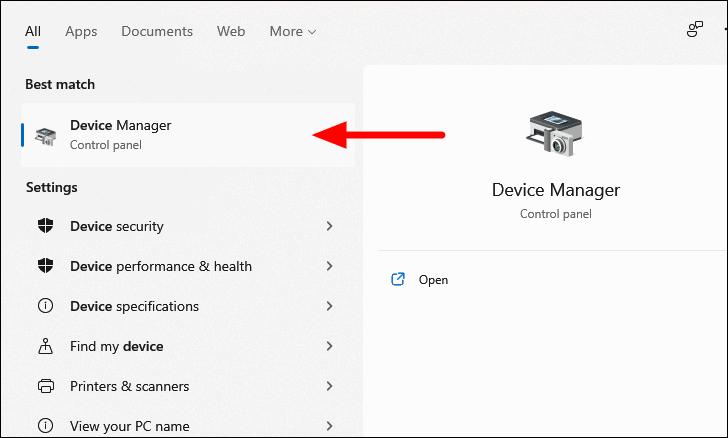
Step 2: In Device Manager, locate the device category you wish to update. For example, to update the display driver, double-click on Display adapters to expand it.
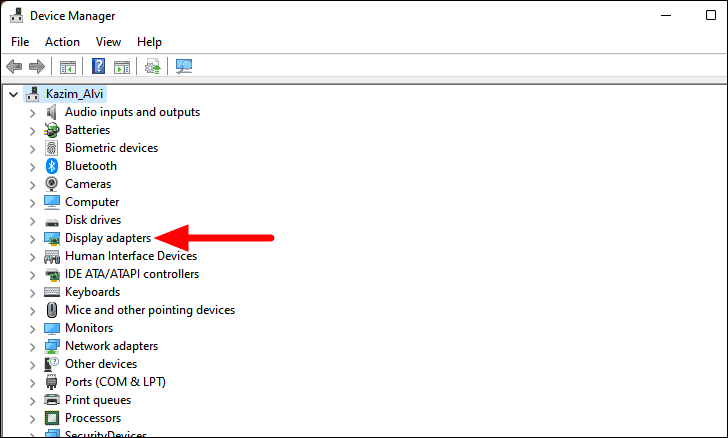
Step 3: Right-click on the device (e.g., your graphics card) and select Update driver.

Step 4: Choose Search automatically for drivers in the Update Drivers window. Windows will search for the latest driver software and install it if available.
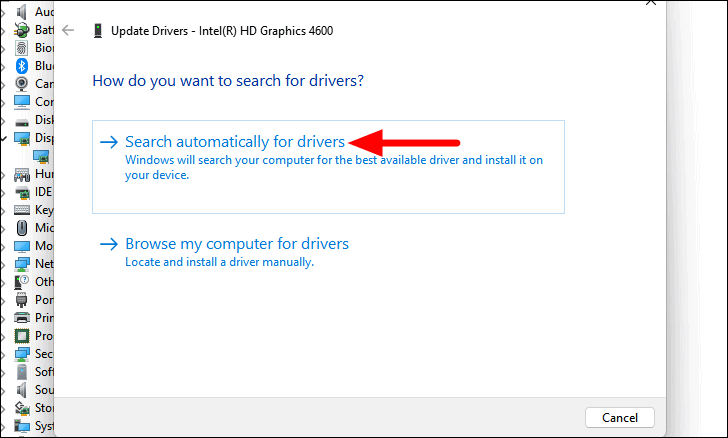
If Windows doesn't find a new driver, proceed to the next method.
Method 2: Install driver updates from Windows Update.
Step 1: Open the Settings app by pressing WINDOWS + I and select Windows Update from the left sidebar.

Step 2: Click on Advanced options.
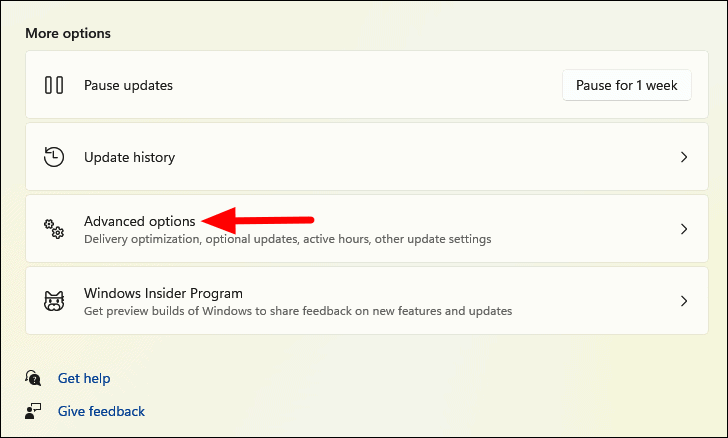
Step 3: Under Additional options, click on Optional updates.
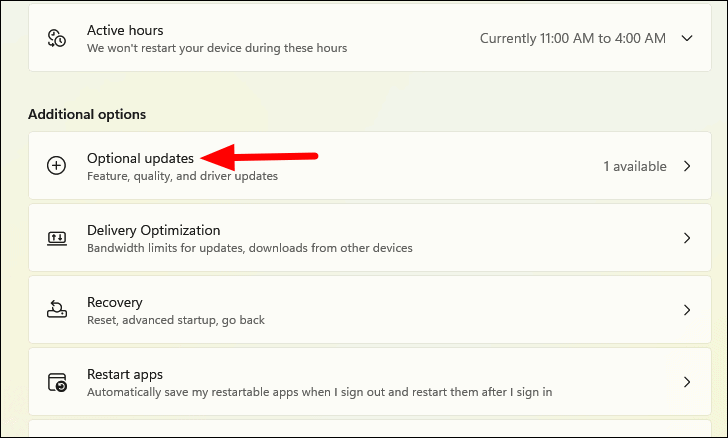
Step 4: Expand Driver updates, select the available updates, and click Download & install.
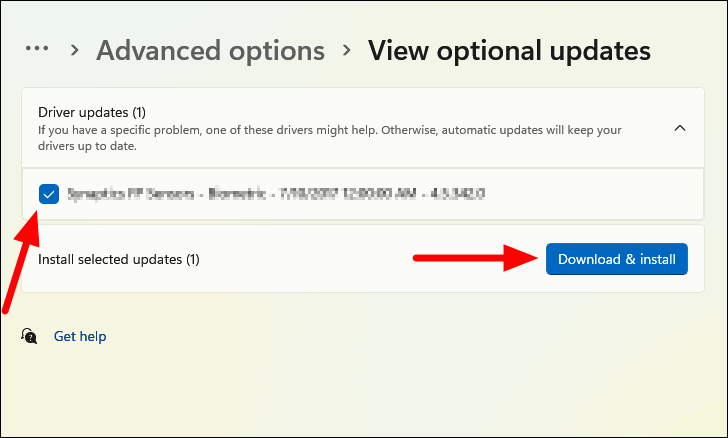
If no updates are found, proceed to the manufacturer's website to download the latest drivers.
Method 3: Download updated drivers from the manufacturer's website.
Step 1: In Device Manager, right-click on the device and select Properties. Go to the Driver tab and note the driver version.
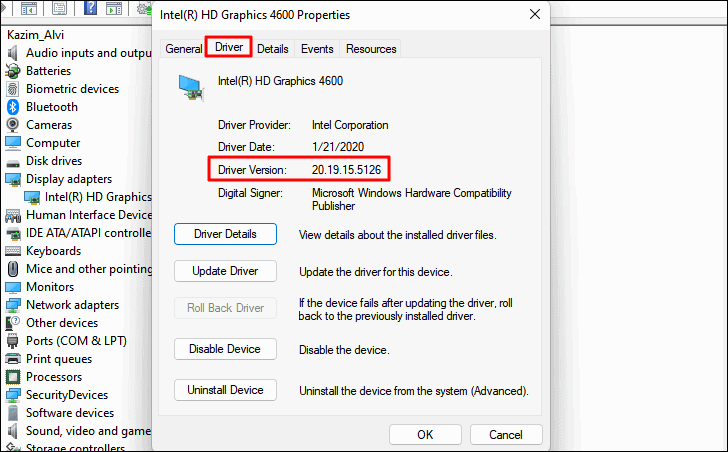
Step 2: Visit the manufacturer's official website and search for the latest driver for your device compatible with Windows 11.
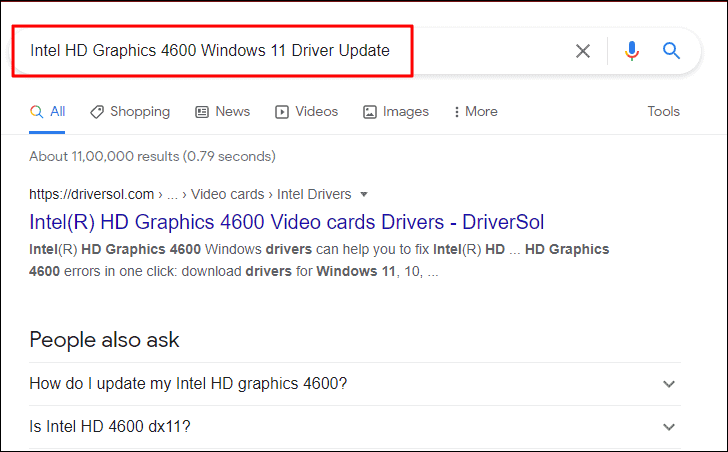
Step 3: Download and install the latest driver by following the on-screen instructions. Restart your computer if prompted.
After updating your drivers, check if the "Kernel Security Check Failure" error persists.
2. Run SFC scan
Corrupt system files can trigger the BSOD error. The System File Checker (SFC) scan can detect and repair these files.
Step 1: Search for Windows Terminal in the Search menu. Right-click and select Run as administrator. Click Yes on the User Account Control prompt.
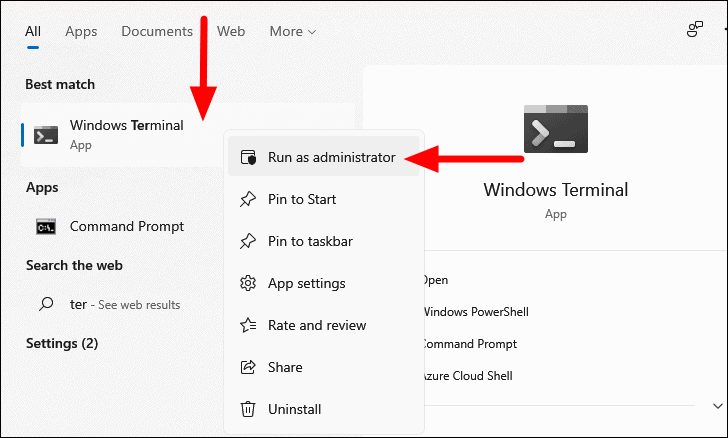
Step 2: If Command Prompt isn't the default profile, open it by clicking the downward-facing arrow and selecting Command Prompt or press CTRL + SHIFT + 2.

Step 3: In the elevated Command Prompt, type the following command and press ENTER:
sfc /scannow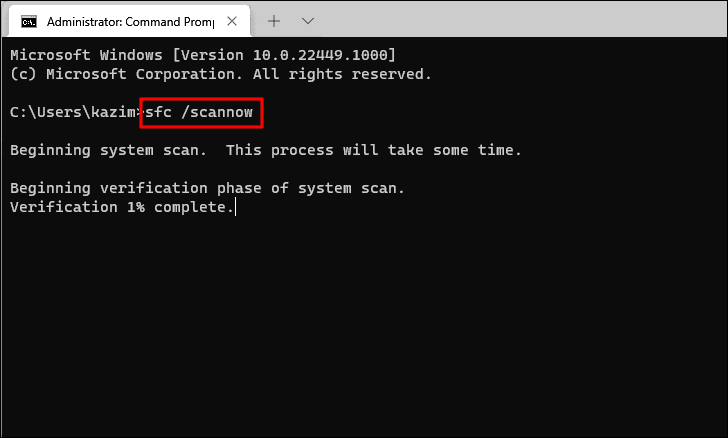
The scan will begin and may take some time. Once completed, you will be informed if any corrupt files were repaired. Restart your computer and check for the error.
3. Run Check Disk
The Check Disk utility scans your entire drive for errors and fixes them. It's more comprehensive than the SFC scan.
Step 1: Open an elevated Command Prompt as described in the previous method.
Step 2: Type the following command and press ENTER:
chkdsk C: /f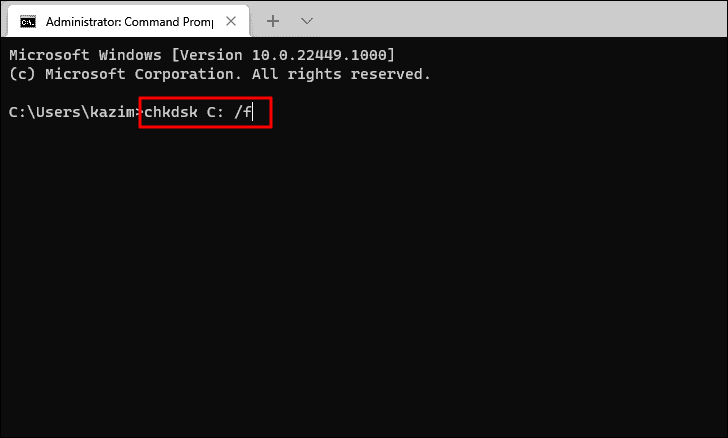
Step 3: When prompted, type Y and press ENTER to schedule the scan at the next restart.
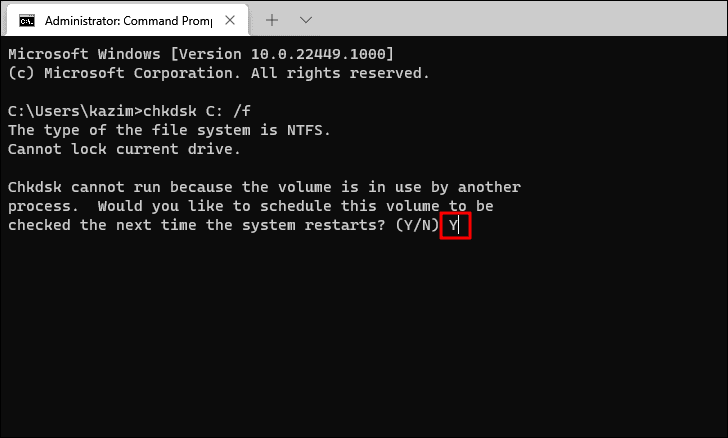
Step 4: Restart your computer to initiate the scan. After completion, check if the error is resolved.
4. Run Windows Memory Diagnostic Tool
Issues with your system's memory can cause the BSOD error. The Windows Memory Diagnostic Tool can detect and fix memory problems.
Step 1: Press WINDOWS + S and search for Windows Memory Diagnostic. Open the application.
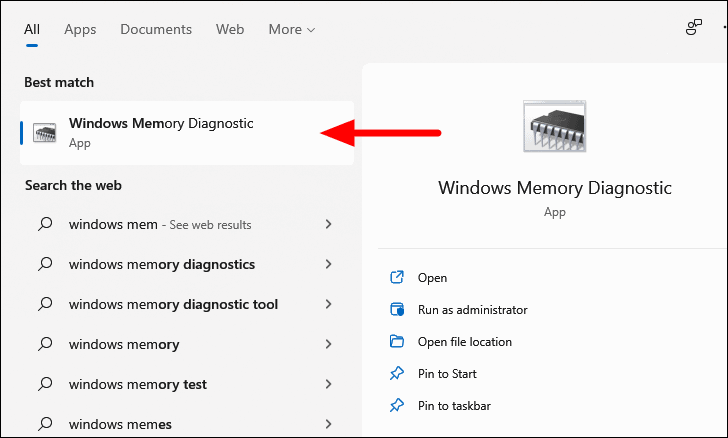
Step 2: Choose Restart now and check for problems. Ensure you save any open files before restarting.
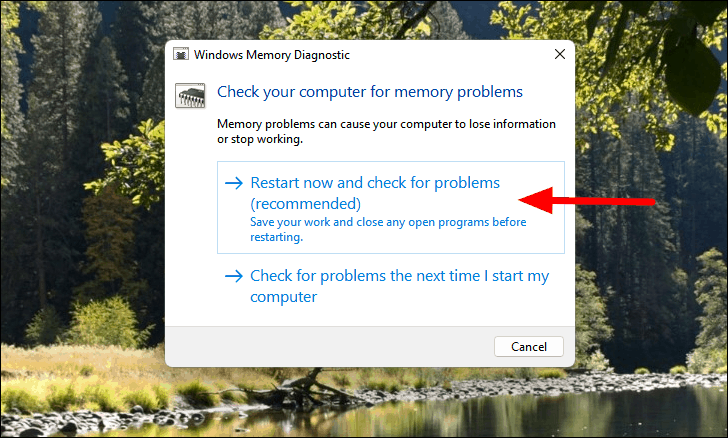
The system will reboot, and the tool will run automatically. Once completed, check if the error persists.
5. Update Windows
Running an outdated version of Windows 11 may lead to system errors. Updating Windows can fix known bugs and improve system stability.
Step 1: Right-click on the Start icon or press WINDOWS + X and select Settings. Alternatively, press WINDOWS + I.
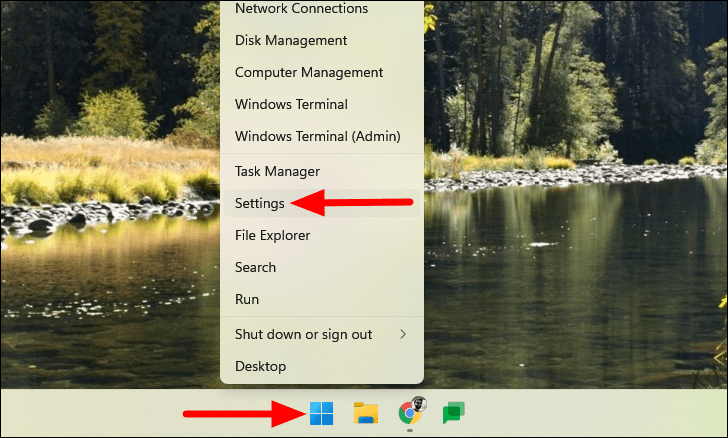
Step 2: In Settings, click on Windows Update from the left sidebar.

Step 3: Click on Check for updates. If updates are available, they will be downloaded and installed automatically.
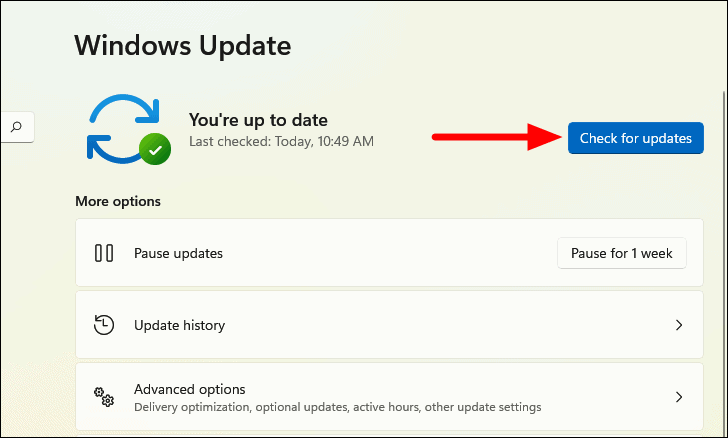
After updating, restart your computer and see if the BSOD error is resolved.
6. Roll back driver update
Sometimes, a recent driver update may cause the error. Rolling back to the previous driver version can fix the issue.
Step 1: Open Device Manager and locate the device with the recently updated driver.
Step 2: Right-click on the device and select Properties.

Step 3: Go to the Driver tab and click on Roll Back Driver. If the option is grayed out, you may need to manually install the previous driver version from the manufacturer's website.

Step 4: Select a reason for rolling back and click Yes to proceed.

After rolling back, restart your computer and check if the error is fixed.
7. Scan your computer for viruses
Malware or viruses can interfere with system processes leading to BSOD errors. Running a full system scan can detect and remove threats.
Step 1: Press WINDOWS + S, type Windows Security, and open the application.

Step 2: Click on Virus & threat protection.
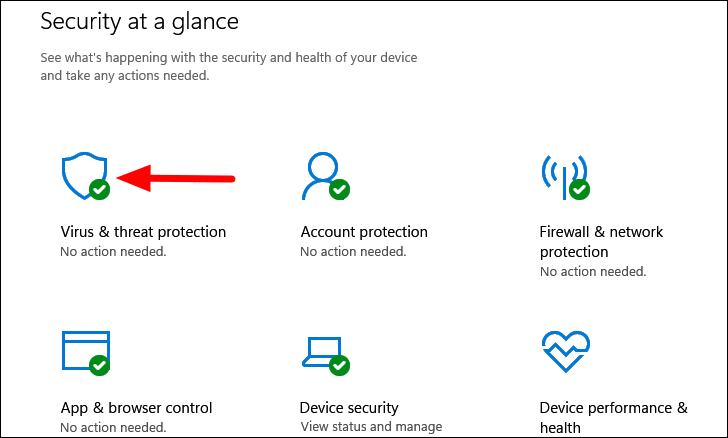
Step 3: Click on Scan options and select Full scan.

Step 4: Click Scan now to start the scan. This process may take some time.
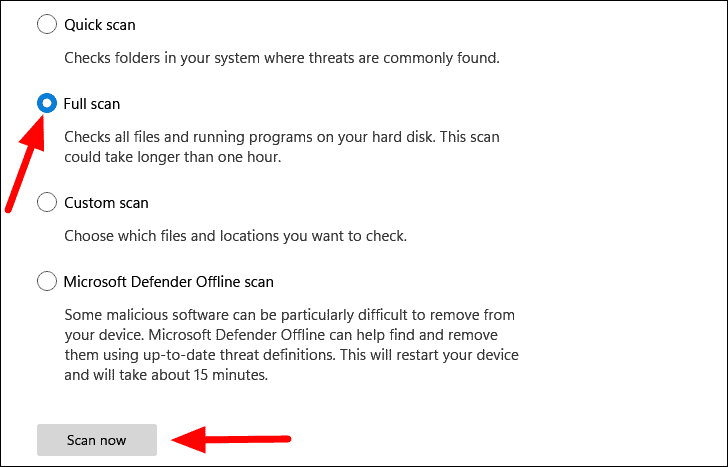
After the scan, follow any prompts to remove detected threats. Restart your computer and check for the error.
8. Reset Windows
If the error persists after trying all methods, resetting Windows is a viable option. This process reinstalls Windows and can fix deep-rooted issues.
Step 1: Open Settings by pressing WINDOWS + I and select System from the left sidebar. Click on Recovery on the right side.
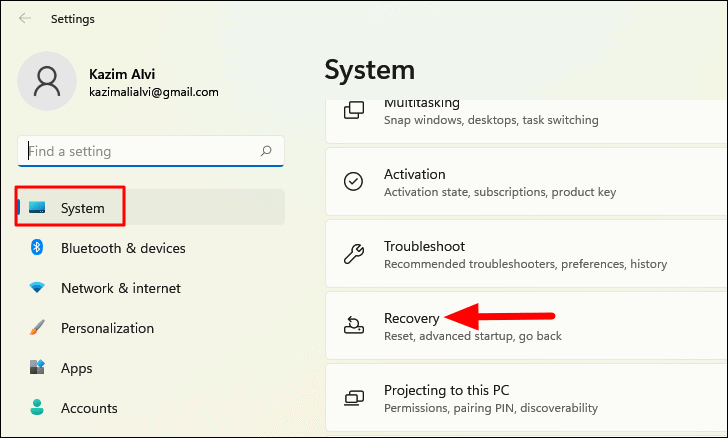
Step 2: Under Recovery options, click on Reset PC next to Reset this PC.
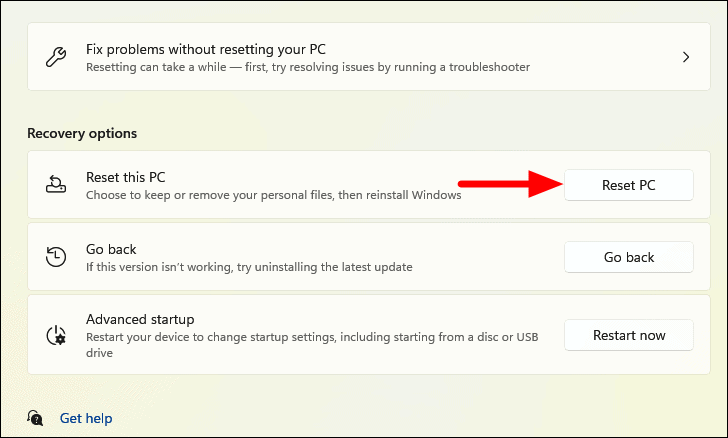
Step 3: Choose whether to Keep my files or Remove everything. Selecting the second option will remove all personal files, so ensure you have backups if needed.

Step 4: Select Local reinstall when prompted on how to reinstall Windows.
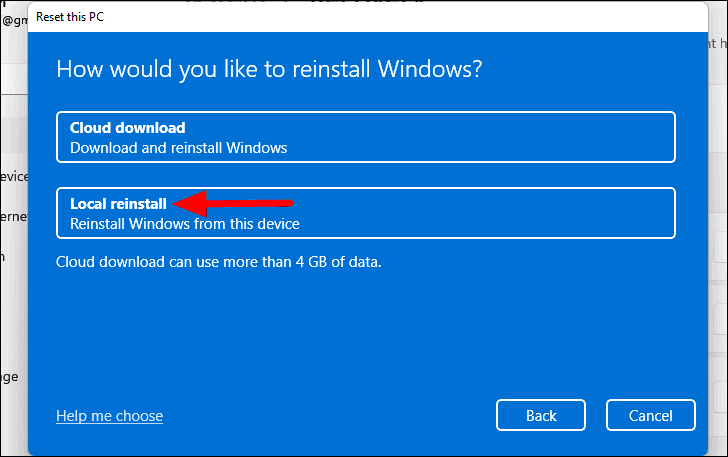
Step 5: Click on Next and then Reset to initiate the process.

The reset process will take some time. Once completed, your system should be free of the error.
By following these methods, you should be able to resolve the "Kernel Security Check Failure" error and restore your Windows 11 system to optimal performance.

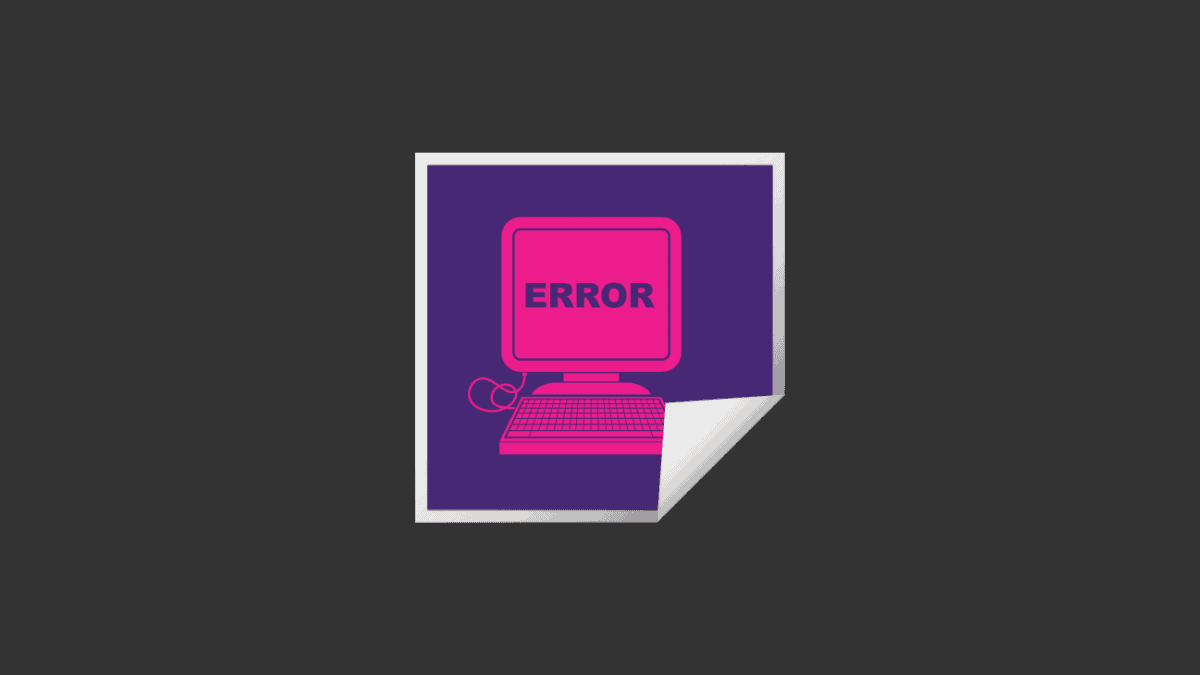




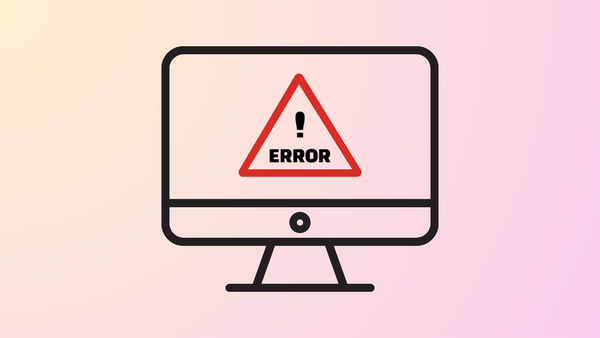

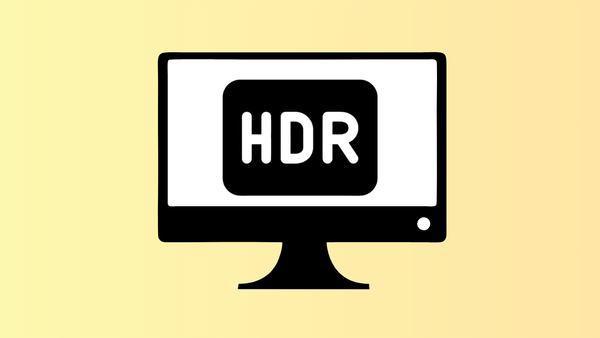
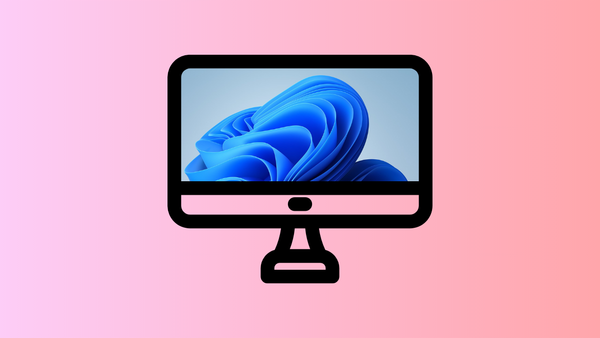
Member discussion